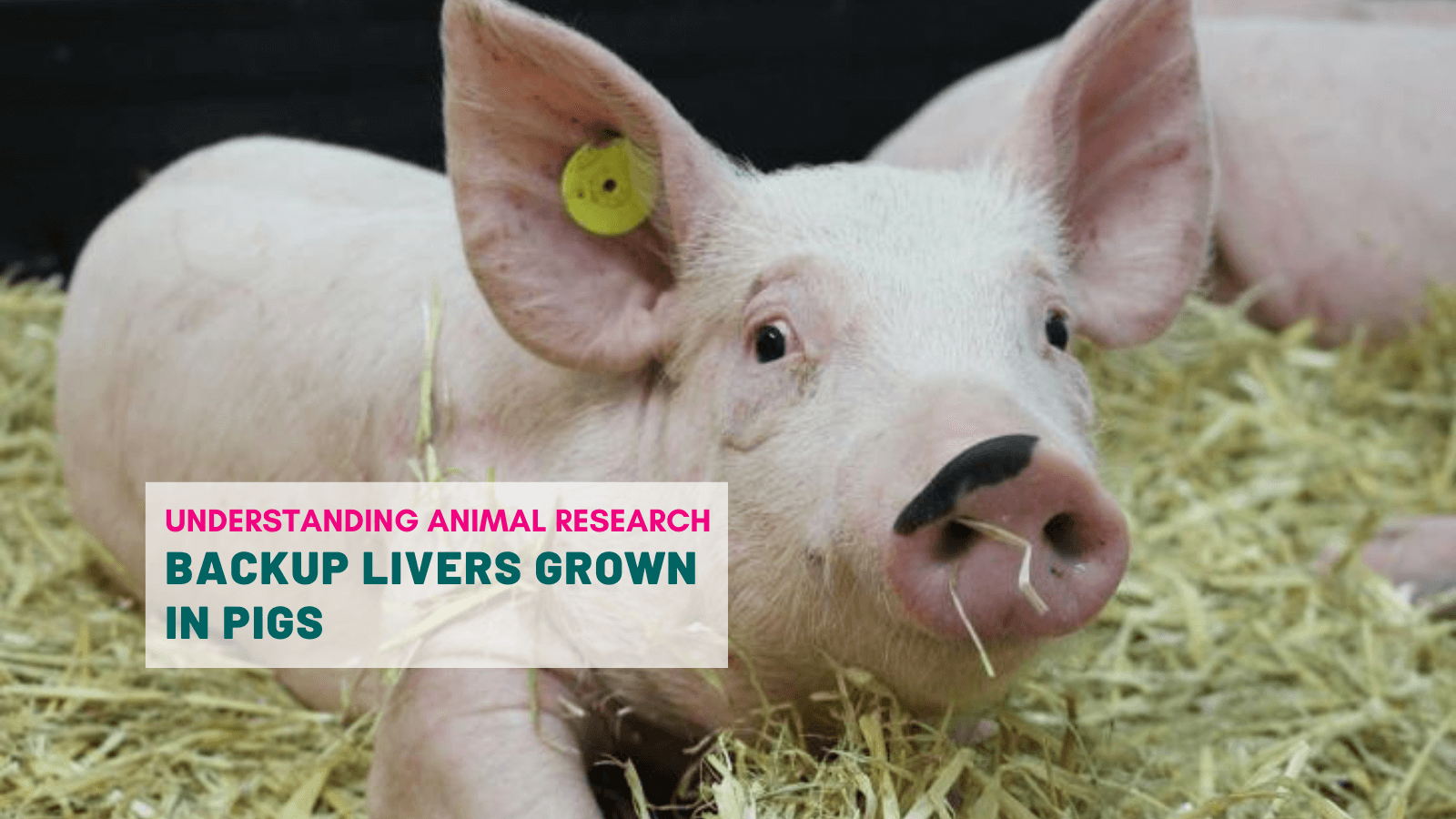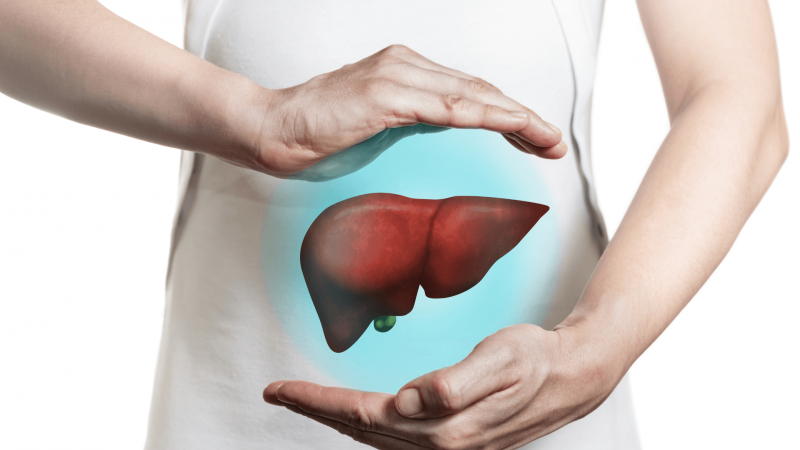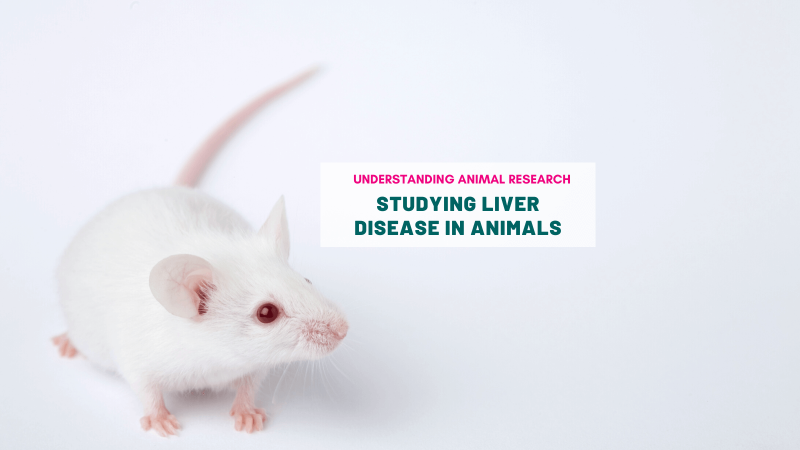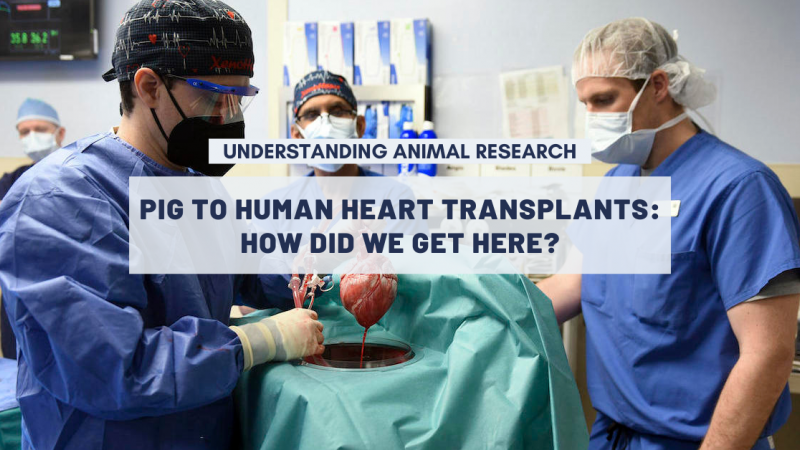Imagine having a backup liver you could grow when your own is damaged by disease. This vision could become a reality after scientists manage to grow new liver tissue in the lymph nodes of pigs.
Your liver does a fantastic job providing a defence against toxic chemicals entering the body through food or drink. But this also means that it gets damaged repeatedly by filtering toxins out.
Normally the liver can cope with this damage because it has an amazing capacity to regenerate.
This process allows livers can recover lost mass without jeopardizing the viability of the entire organism. As much as one third of a damaged liver can regenerate back to its full size. But unfortunately this superpower has its limits.
The regenerative potential of liver cells can be limited by scar tissue that forms in end stages of liver disease. The liver just becomes too toxic for the cells to make a comeback.
Understanding the mechanisms responsible for liver regeneration may help boost the process and help patients suffering from liver diseases needing large liver resections or transplantation. An alternative to liver transplantation would be particularly helpful, as there are not enough donated livers for all the people who need one.
In an effort to discover how those limits could be overcome and grasp the full regenerative potential of liver cells , researchers at the University of Pittsburgh put liver cells to the test and found just how persistent those cells can be. In pigs with severe liver damage, back up liver tissue could be grown in the animals’ lymph nodes.
In previous work, the same researchers had found equivalent results in mice. Healthy hepatocytes - the main functional cells in the liver that make up 55%-65% of its mass - were injected into the lymph nodes of mice with genetically induced malfunctioning livers.
These cells managed to thrive and form a kind of auxiliary functioning mini liver that could take over many of the main organ’s functions. Overall liver function improved drastically.
The success in mice was intriguing but and the scientists needed to show that similar effects could be produced in larger mammals so they y adapted the experimental process to pigs – and animal with close physiological similarities to humans - recreating liver disease in the animals by diverting blood away from the organ.
And sure enough, liver function was partially recovered in all six pigs. Hepatocytes had settled in well in the lymph nodes and had even grown bile ducts and a blood supply.
Amazingly, the back-up livers seemed to be tailored to each individual’s need. The researchers found that the auxiliary livers grew bigger in pigs with the more severe tissue damage. This meant that the tissue wasn’t growing out of control, in the way that cancer would. Instead, it appears that the pig’s body was trying to optimise the amount of liver cells it needed to function and had reached a defined equilibrium.
The next step is figuring out whether or not this phenomenon could work in humans. If so, this could mean the exciting prospect of back-up livers for those in need. Regardless of the original cause, be it hepatitis or alcoholism or another form of disease, growing auxiliary livers in the lymph nodes could help patients with damaged livers.
Last edited: 30 August 2023 12:27




